Did you know that nine out of ten Australians don't make it home after sudden cardiac arrest? To improve the survival rate we need more AEDs and more bystanders ready to save a life. Currently, the only way to restore a regular heart rhythm during cardiac arrest is to use an AED.
What is an AED?
An AED, or automated external defibrillator, is used to help those experiencing sudden cardiac arrest. It's a sophisticated, yet easy-to-use, medical device that can analyse the heart's rhythm and, if necessary, deliver an electrical shock, or defibrillation, to help the heart re-establish an effective rhythm.
Today's technology means anyone can (and should) use an AED. Easy to follow visual and voice prompts guide first responders through a series of basic steps that may just save a life by keeping the patient alive until emergency services arrive.
Readiness made easy
The first person to respond to a sudden cardiac arrest patient might be a coworker, a caregiver, or even a bystander. Are you ensuring they have immediate access to the technology needed to help save a life?
HeartSine Samaritan PAD 360P AED is connected, intuitive and cost-effective, ensuring the AED is simple to manage and ready to use by any first responder.
Low cost of ownership
HeartSine defibrillators come with the practical Pad-Pak ? an integrated battery and electrode single-use cartridge with one expiration date, which simplifies AED maintenance. With a shelf life of four years from date of manufacture, the Pad-Pak may offer savings as it eliminates the need for separate battery and electrode replacements and does not require a separate battery.








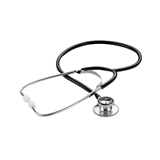
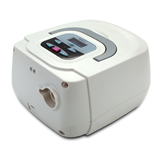
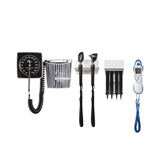
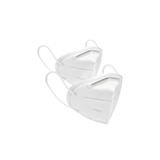
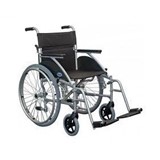




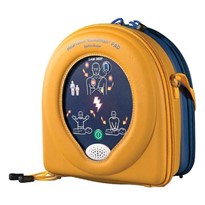



-205x205.jpg)